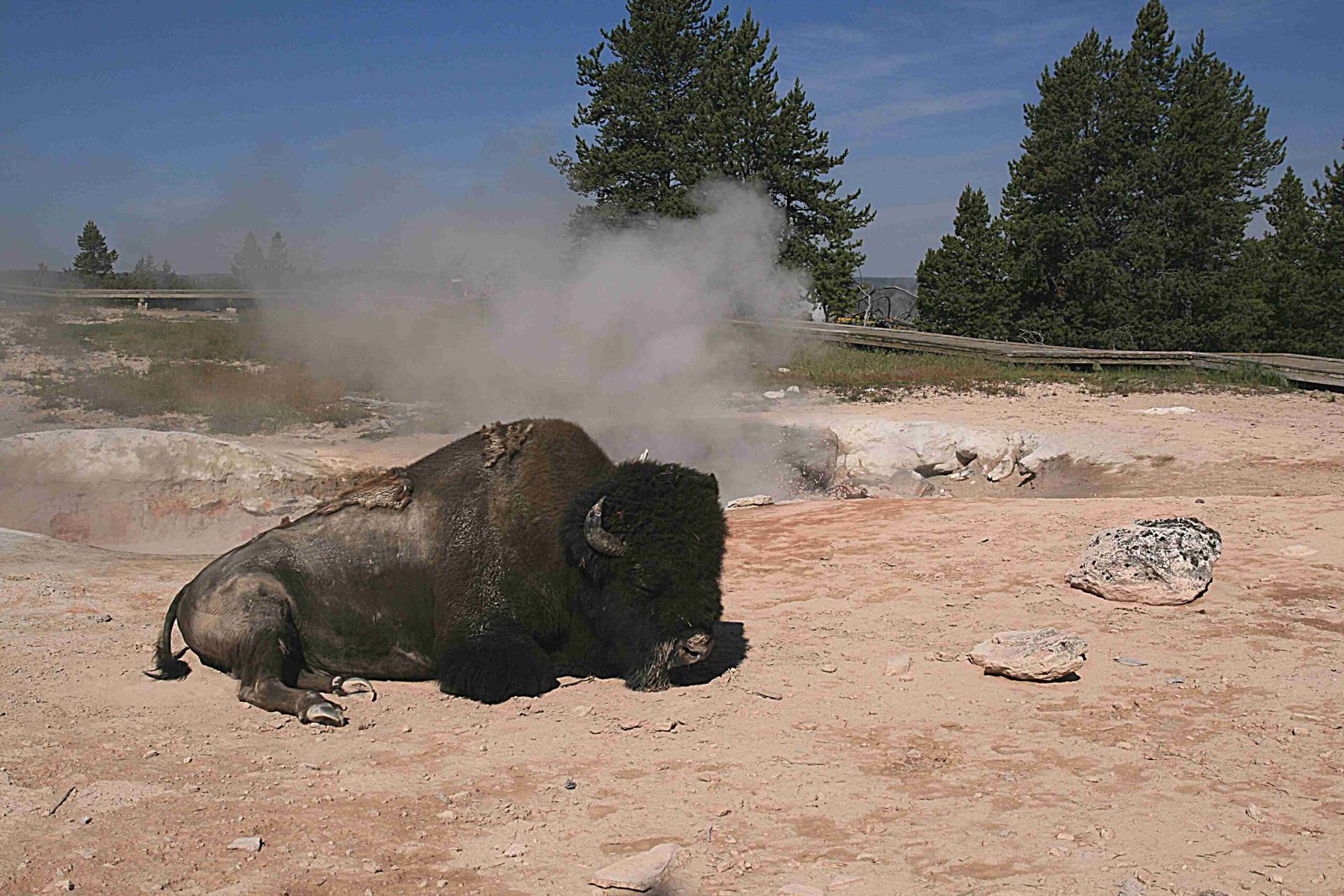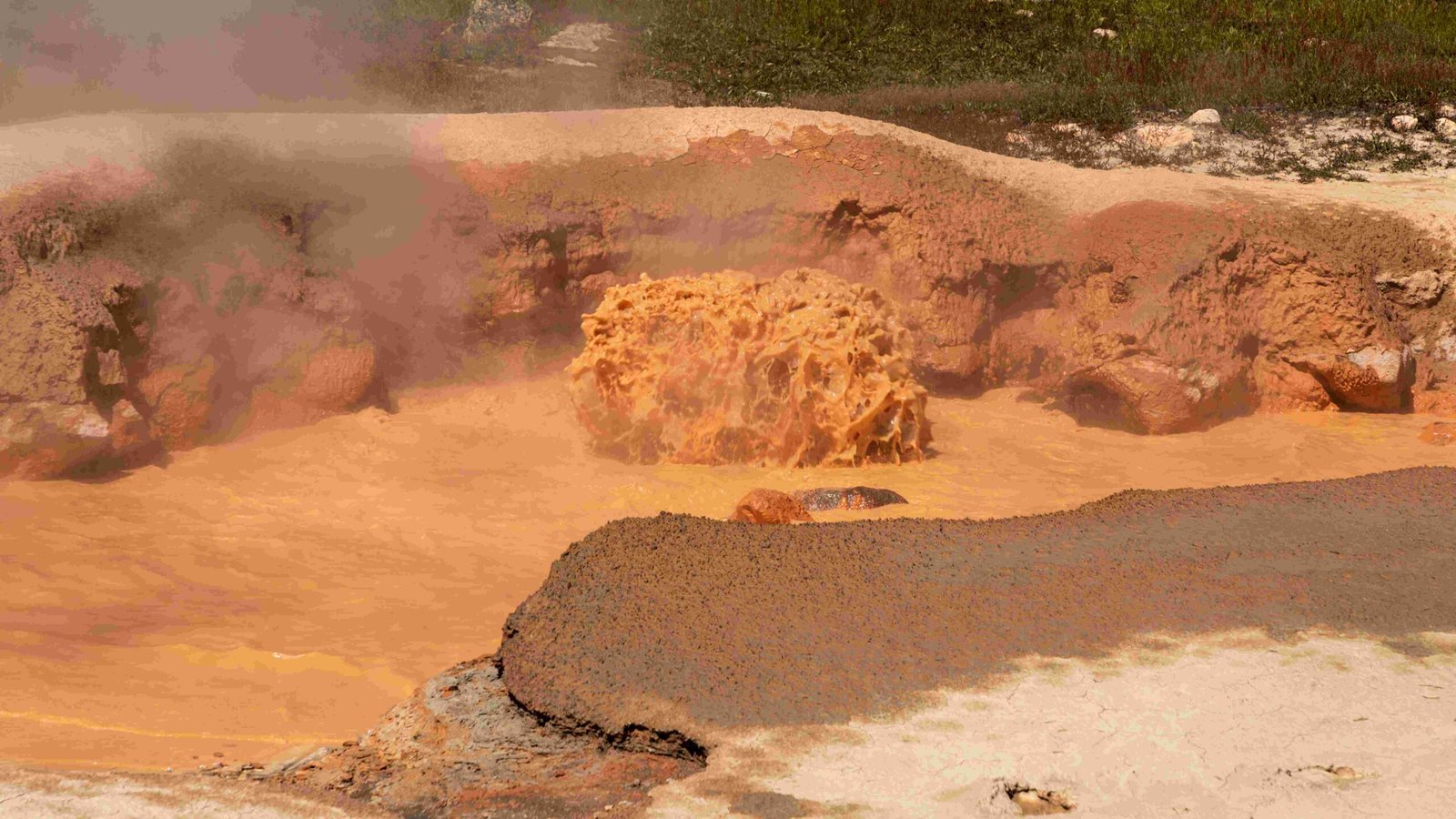Yellowstone National Park, renowned for its stunning landscapes and geothermal features, experiences frequent thunderstorms during summer months. These storms can pose significant risks to visitors, including lightning strikes, flash floods, and sudden temperature drops. Understanding how to stay safe during thunderstorms is crucial for an enjoyable and secure visit to this iconic national park. This guide provides essential information on thunderstorm safety, preparedness measures, and specific hazards in Yellowstone.
What Are the Key Safety Tips for Thunderstorms in Yellowstone?

- Seek proper shelter immediately when you hear thunder
- Avoid exposed areas like ridges, open fields, and isolated trees
- Stay away from water bodies and metal objects
- Plan outdoor activities for mornings to avoid afternoon storms
- Check weather forecasts regularly and have a backup plan
How to Find Safe Shelter in Yellowstone During a Thunderstorm?
When thunderstorms approach in Yellowstone National Park, finding appropriate shelter is crucial. Here are the safest options:
- Substantial Buildings: These offer the best protection. Look for visitor centers, lodges, or other park buildings.
- Hard-topped Vehicles: If no buildings are nearby, a car or RV with the windows rolled up is a safe alternative.
- Avoid Unsafe Shelters: Stay away from rain shelters, small sheds, pavilions, porches, and tents as they do not provide adequate protection.
For wilderness hikers:
– Descend from high elevations quickly if a storm approaches
– Seek lower ground, ideally in a dense forest with uniformly sized trees
– Avoid standing near the tallest trees or in open areas
What Should You Do If Caught in the Open During a Thunderstorm?
If you find yourself unable to reach safe shelter:
- Move to lower ground immediately
- Stay away from tall objects like isolated trees or rock formations
- Avoid open areas, ridges, and hilltops
- Do not lie flat on the ground
- If in a group, spread out to reduce the risk of multiple casualties
How Can You Prepare for Thunderstorms in Yellowstone?
Proper preparation can significantly enhance your safety during thunderstorms in Yellowstone:
-
Check Weather Forecasts: Always check the weather before heading out. The park’s website and visitor centers provide up-to-date information.
-
Plan Activities Wisely:
- Schedule hikes and outdoor activities for mornings
-
Have a ‘Plan B’ for indoor activities in case of afternoon storms
-
Pack Appropriate Gear:
- Waterproof clothing
- Emergency shelter (e.g., a lightweight tarp)
- First aid kit
-
Flashlight and extra batteries
-
Stay Informed:
- Carry a NOAA Weather Radio
- Sign up for NWS Wireless Emergency Alerts
- Ask rangers about current conditions and forecasts
What Are the Specific Thunderstorm Hazards in Yellowstone?
Yellowstone’s unique landscape presents specific hazards during thunderstorms:
- Lightning Strikes: Common in summer, especially in exposed areas
- Flash Floods: Can occur suddenly in canyons and low-lying areas
- Falling Trees: Strong winds can topple trees, particularly in areas affected by wildfires or beetle infestations
- Hypothermia Risk: Sudden temperature drops can be dangerous, especially at higher elevations
How to Secure Your Campsite Against Thunderstorms?
If camping in Yellowstone during thunderstorm season:
- Choose your campsite wisely:
- Avoid exposed ridges and isolated trees
- Set up camp in lower areas, ideally surrounded by uniformly sized trees
-
Stay away from water bodies
-
Secure your gear:
- Use sturdy, weather-resistant tents
- Stake everything down securely
-
Store food and scented items properly to avoid attracting wildlife during storms
-
Have an evacuation plan:
- Know the location of the nearest substantial building or vehicle
- Be prepared to abandon your campsite quickly if necessary
What Should You Do If Someone Is Struck by Lightning?
In the unfortunate event of a lightning strike:
- Call 911 immediately
- Begin CPR if the person is not breathing
- Check for burns and other injuries
- Move the person to a safer location if possible, but only if absolutely necessary
Remember, it is safe to touch a lightning strike victim; they do not carry an electrical charge.
How Can You Stay Informed About Weather Conditions in Yellowstone?
Staying informed about weather conditions is crucial for safety in Yellowstone:
- Park Resources:
- Check the official Yellowstone National Park website
- Visit park visitor centers for up-to-date information
-
Speak with park rangers about current conditions and forecasts
-
Weather Services:
- Use NOAA Weather Radio for real-time updates
- Sign up for NWS Wireless Emergency Alerts on your mobile device
-
Check local weather forecasts regularly
-
Personal Observation:
- Watch for developing clouds, especially in the afternoon
- Be aware of sudden temperature drops or increases in wind speed
- Listen for distant thunder
By staying informed and prepared, you can safely enjoy the beauty of Yellowstone National Park, even during thunderstorm season. Remember, when thunder roars, go indoors!
References:


